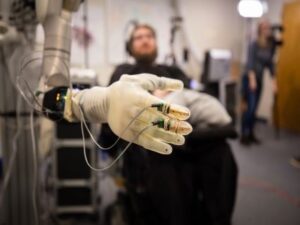A study suggests that societal inequality may negatively impact brain health

A study conducted by an international research team, led by Trinity College Dublin, found that socio-economic disparities may lead to changes in brain structure and connectivity related to aging and dementia. The research revealed that higher levels of inequality are associated with reduced brain volume and disrupted connectivity, particularly in regions such as the temporo-posterior and cerebellar areas, which are vital for memory and cognitive function.
The findings also indicated that individuals with Alzheimer’s disease experience the most pronounced effects. This suggests that environmental factors tied to structural inequality may accelerate neurodegeneration in aging populations. In contrast, milder effects were observed in frontotemporal lobar degeneration, possibly due to a stronger genetic influence.
“Reduced brain volume and connectivity are commonly seen in dementia patients and are linked to the progression and severity of the disease,” the research team stated in their paper, published in Nature Aging.
The team notably discovered this link even after considering individual factors like education, age, sex, and cognitive ability, emphasizing the independent influence of macro-level factors on brain health.
“This research underscores the significant impact of structural inequality on brain health,” said Dr. Agustín Ibáñez, Professor of Global Brain Health at Trinity College.
Given the rising dementia rates, especially in low- and middle-income countries, our findings highlight the importance of targeted interventions to address the underlying causes of brain health disparities, which vary by region,” Ibáñez added.
The research underscores the need to incorporate both social and physical factors, along with individual social determinants of health, into global brain health studies.
These factors might include democratic governance, air pollution, migration, climate change, and access to green spaces.
By identifying and addressing these region-specific factors, targeted interventions could help slow brain aging and reduce the dementia burden in underserved communities.








